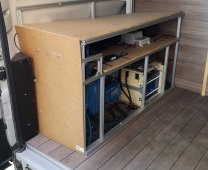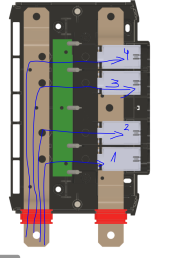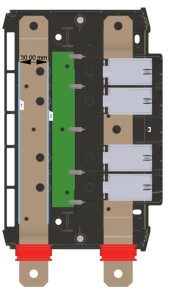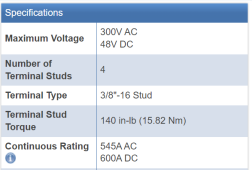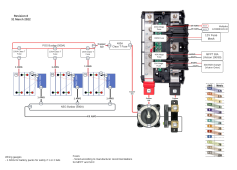It's Lishen 272AH cells. 150A JBD BMS.What is the ah rating of each battery?
What exactly is a discrete fuse?
That's my current install.
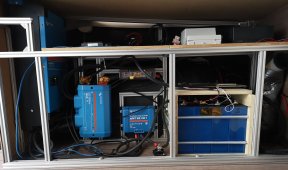
I was a bit in a rush last summer. So I did a v1 with only 1 pack.
But I would like to use the AC inverter for bigger load and putting 4 packs in this space seemed complicated so went with 3 instead.



